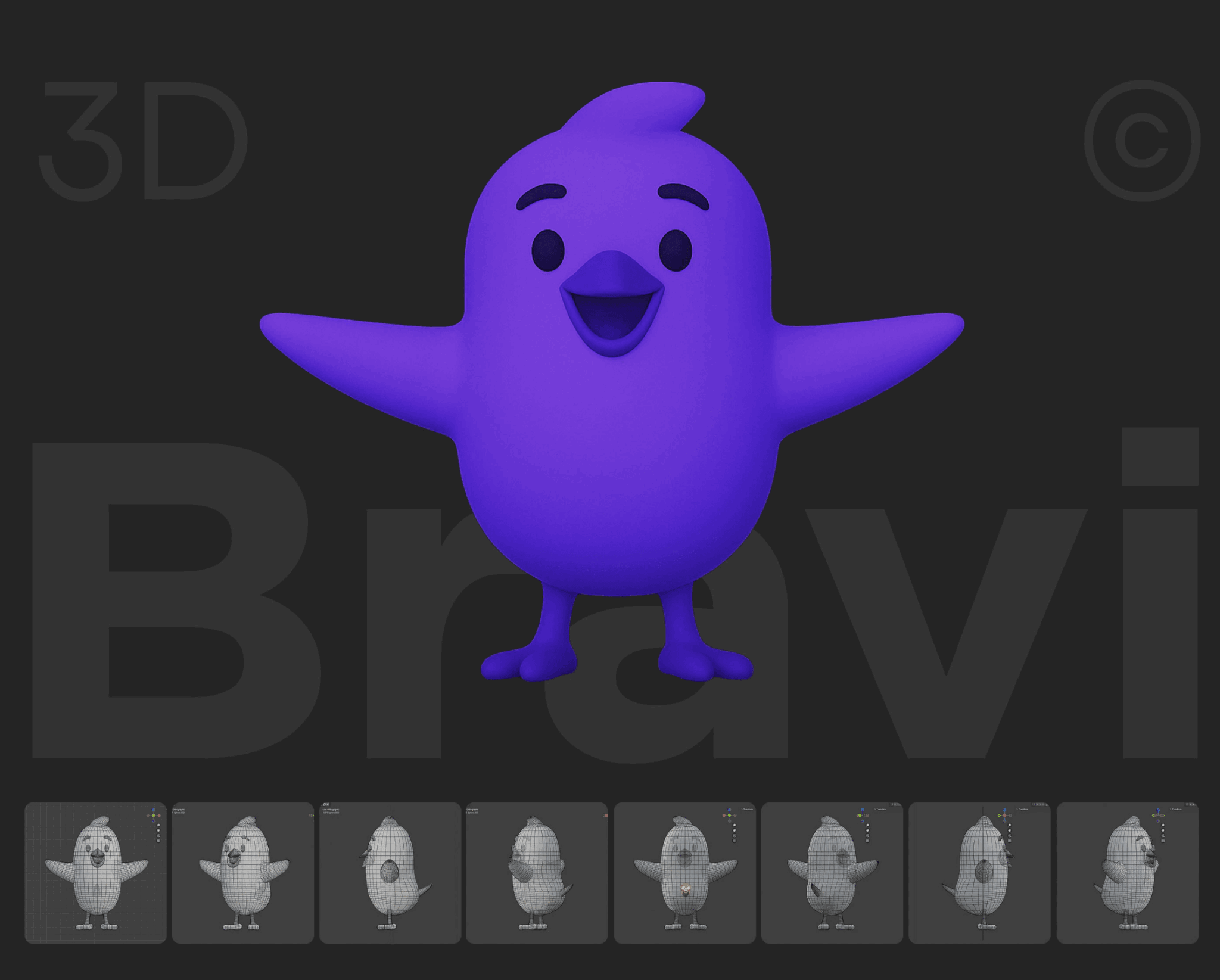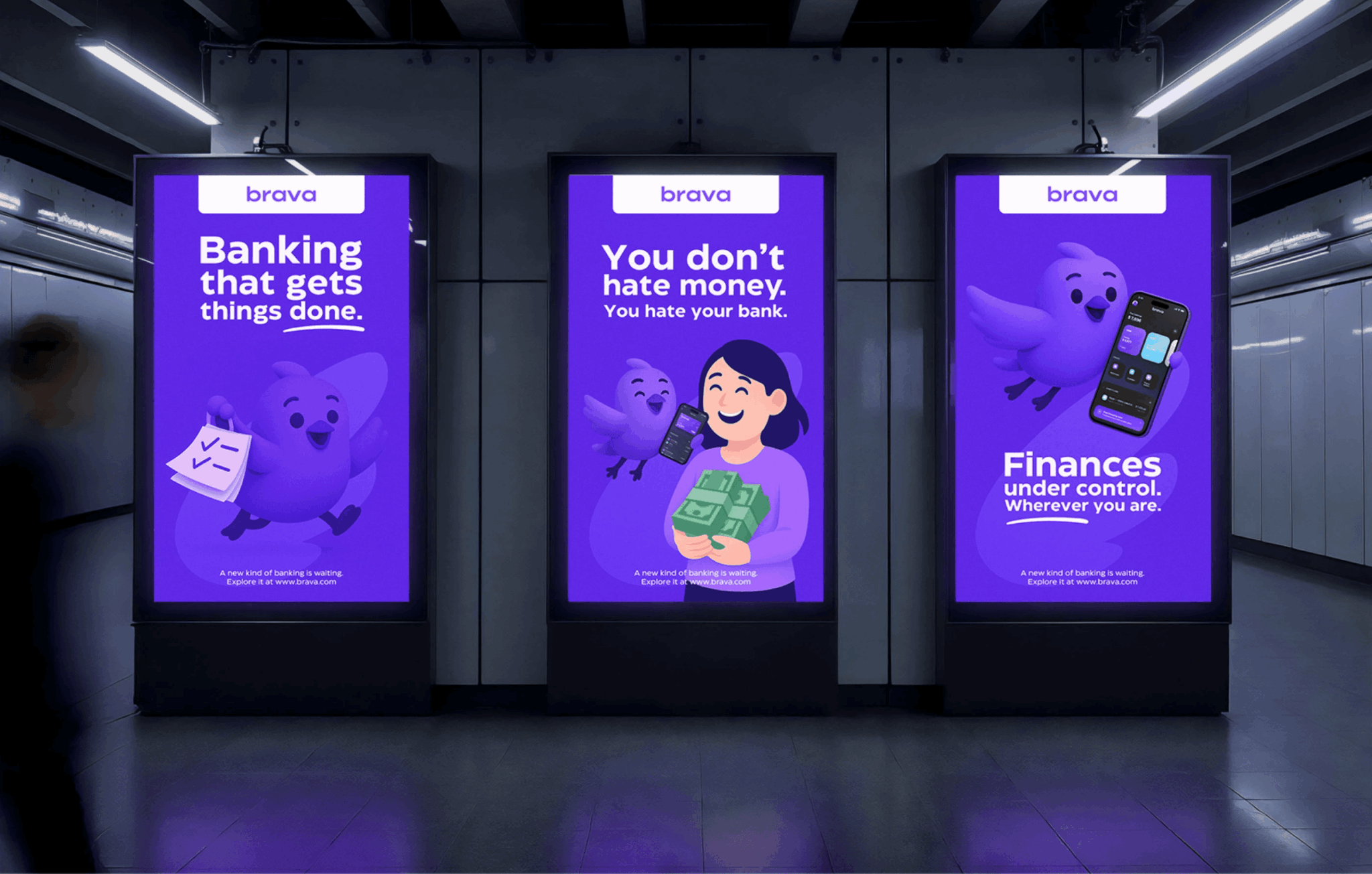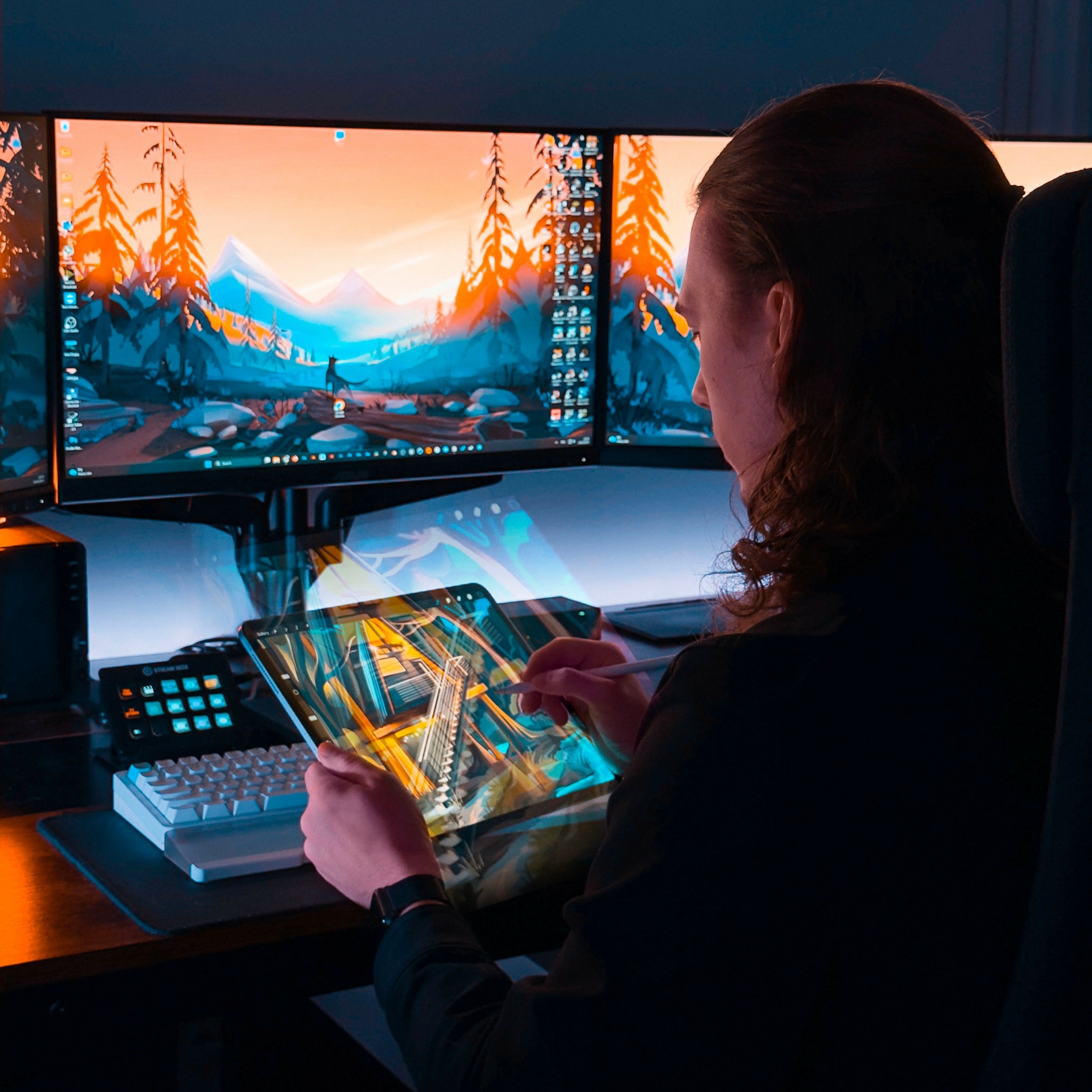We’re excited to introduce you to the always interesting and insightful Rostyslav Litvitskyi. We hope you’ll enjoy our conversation with Rostyslav below.
Hi Rostyslav, thanks for joining us today. In our experience, overnight success is usually the result of years of hard work laying the foundation for success, but unfortunately, it’s exactly this part of the story that most of the media ignores. So, we’d appreciate if you could open up about your growth story and the nitty, gritty details that went into scaling up.
Scaling up for me wasn’t a single turning point — it was a long chain of consistent efforts, each building on the last.
I started back in 2014, not as a business, but as a curious teenager creating YouTube videos for my gaming channel. To make my content look better, I had to learn design software for thumbnails and visuals. And of course, at first, there was no audience, no feedback — just me experimenting during weekends. But I quickly realized that what excited me most wasn’t the videos, it was the design itself: logos, posters, collages, photo editing.
That passion led me to enroll in a design academy, where for the next two and a half years I studied Adobe and 3D software. I was truly obsessed — working 12–14 hours a day, studying and working on personal projects, purely for the love of creating. That discipline and passion paid off when people around me started noticing my growth. Friends recommended me to their colleagues, and those first word-of-mouth projects grew into long-term client relationships. My income grew from just a few hundred dollars a month in the early days to several thousand dollars monthly within a couple of years.
The real scaling began when I combined design with teaching. In 2019, I launched my YouTube channel and Instagram to share tutorials and insights. At the beginning, it was incredibly challenging — publishing content for months with little traction. But slowly, it built trust and visibility. Today, my channel has grown to over 250,000 subscribers, I’ve produced hundreds of videos, and I’ve taught thousands of students worldwide.
Travel also became a powerful growth driver. Living and working in Ukraine, Cyprus, Canada, and now the U.S., I gained invaluable contacts and clients in each place — from small businesses to international brands. That global experience not only expanded my portfolio but also helped me understand how design connects across different cultures and markets.
At the same time, working in-house for different companies gave me knowledge I couldn’t gain on my own. Seeing how other industries organize their workflows, processes, and branding strategies allowed me to borrow techniques and apply them in my own design business. That cross-industry perspective was just as important as freelancing and teaching in helping me scale.
What I’ve learned is that scaling isn’t about a lucky break. It’s about consistency, persistence, and showing up day after day even when nobody is watching. Success comes from the “behind-the-scenes” work: endless meetings, refining portfolios, and dedicating tens of thousands of hours.
So, if there’s one takeaway from my story, it’s this: growth isn’t overnight. Scaling up happens when you combine passion with relentless consistency — and keep going long enough for others to finally notice.

Great, appreciate you sharing that with us. Before we ask you to share more of your insights, can you take a moment to introduce yourself and how you got to where you are today to our readers.
I’m a Senior Brand Designer and design educator with over ten years of experience. My design journey started in 2014 when I learned creative software to improve my YouTube content, and that curiosity grew into a full career.
Today, most of my services are focused on creating brand identities — logos, guidelines, brand books, and everything that helps a company communicate clearly and effectively with its customers.
Professionally, I’ve collaborated with companies such as Asus, Huawei, Watsons, Kuusoft, Paris Baguette, and many others — developing ads, promotional materials, trade show booths, and design elements that supported their marketing campaigns. Alongside client work, I’ve also worked in-house at different companies, which gave me valuable knowledge about processes in other industries. That experience shaped my approach to design, teaching me how to bring business strategy and cross-industry techniques into creative problem solving.
One of my proudest achievements is my YouTube channel. It provides free design education that has helped countless people enter the industry without spending a cent on formal schooling. Sharing my professional experience openly has been a mission of mine, and I can’t imagine my life without this.
What I’m most proud of overall is the impact of my work. One of the most rewarding feelings is unexpectedly coming across a piece I’ve designed — whether it’s a brand identity, an ad, a menu, or a tradeshow booth — and realizing it’s out there in the world, reaching people. Those moments remind me why I love what I do.
Other times, it’s hearing from a student who used my tutorials or courses to land their first design job that changed their lives. My brand is about clarity, creativity, and consistency, but at its core, it’s about empowering people — whether they’re businesses needing a strong identity or students discovering their creative path.
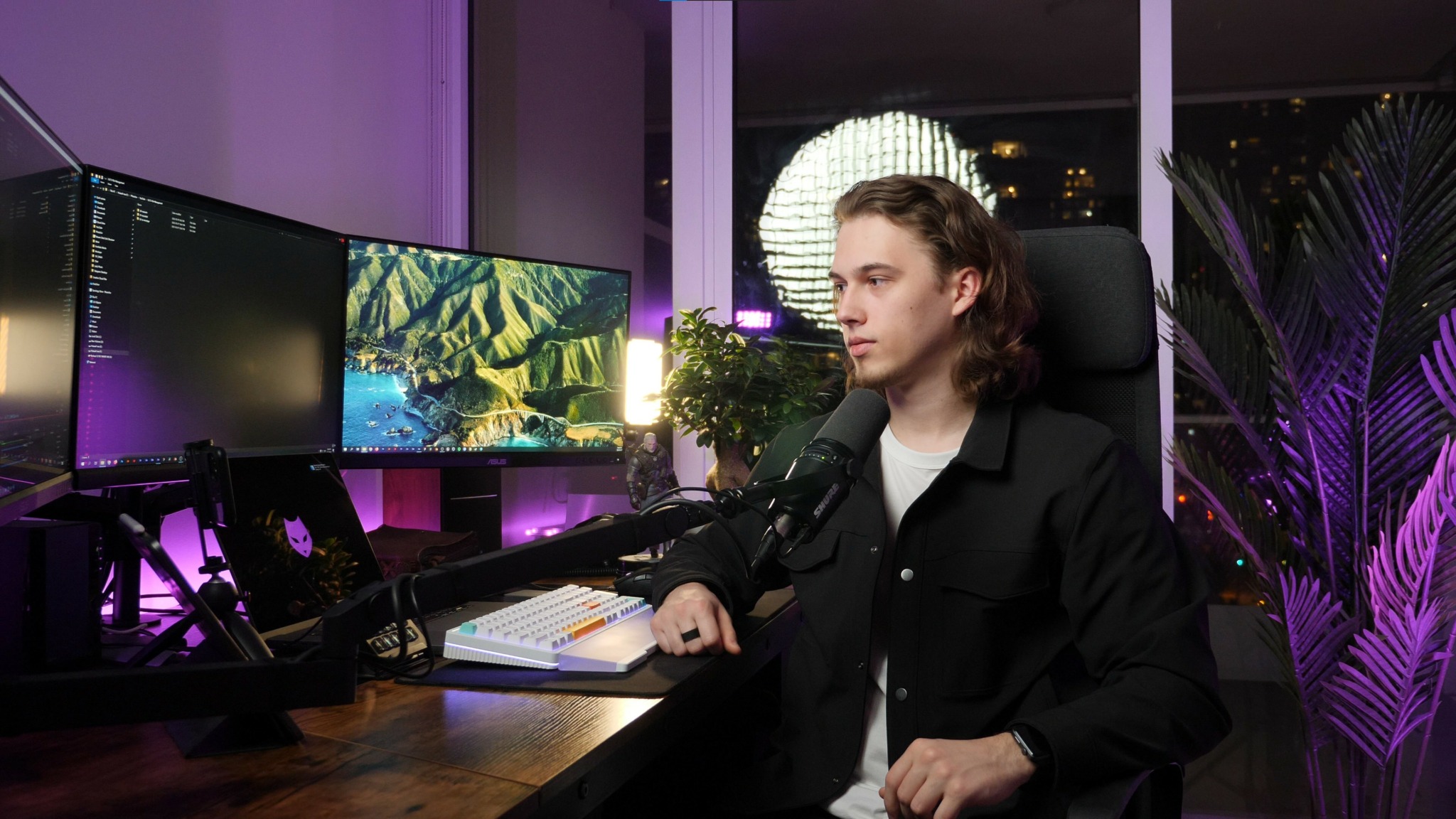
How did you build your audience on social media?
When I started building my audience on social media, I had no big plan — just a desire to share what I was learning as a designer. In 2019, I launched my YouTube channel and Instagram with almost no followers and no recognition. For the first months, I uploaded content that barely got views or engagement. It was discouraging at times, but I understood that consistency was the only way forward.
At the beginning, I had zero professional equipment — no lights, no camera, just an old iPhone, a bad interior, and a computer. But it was enough to start. Over time, I invested in better tools and kept learning — from lighting techniques to audio, editing, and color grading — gradually increasing the quality of my videos while improving the content itself.
One of the things that kept me going was the strong support from my family. In those early stages, when it’s hardest to believe in yourself, having someone else believe in you can make all the difference. I’ve actually started multiple times on different platforms, and each time it felt like building from zero again. What I learned is that if you keep doing the work, researching your mistakes, and improving your product step by step, there’s no way you won’t eventually succeed.
Over time, people began to notice, share, and recommend my content. My design tutorials have reached millions of views worldwide, and I’ve met a lot of beautiful people from my audience in real life. It’s a great experience to realize that those “views” are real views from real people, and not just abstract numbers.
My advice for those starting out is simple: don’t chase quick wins. Social media rewards authenticity and persistence. Share real value, post consistently, and treat your content like a long-term investment. At some point, the audience shifts from silence to engagement, and that’s when the momentum starts building.
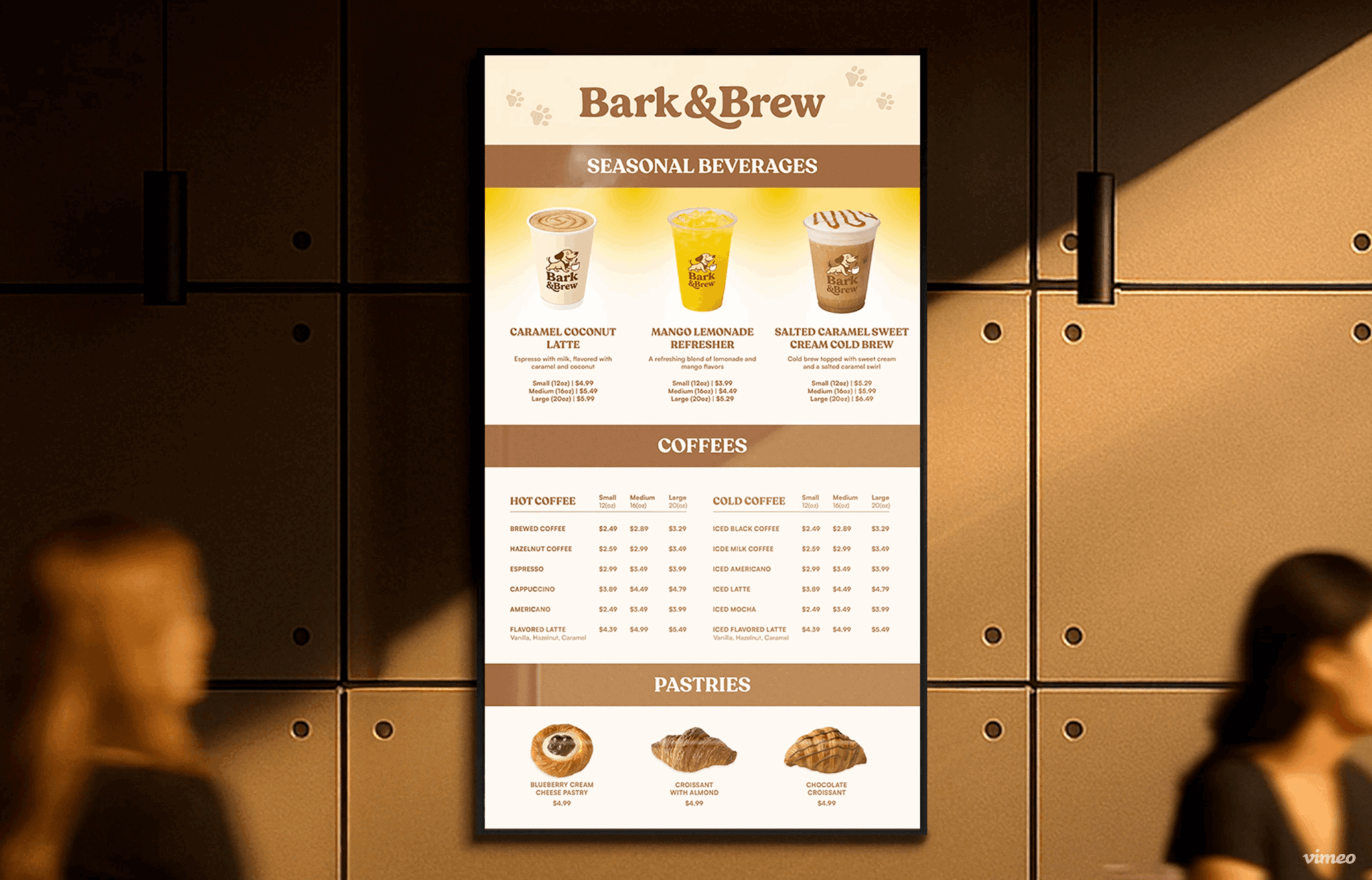
For you, what’s the most rewarding aspect of being a creative?
For me, the most rewarding aspect of being a creative is knowing that design truly surrounds us everywhere. Every project you see or touch — a brand identity, a poster, an app, a menu, even the tools and objects in your home — was shaped by a designer. That means design is not just decoration; it’s an essential part of how we experience the world.
At its core, design is a universal language of communication. A good design doesn’t need to scream for attention — it simply works, often in ways people don’t even notice. The easier it is to use, the more natural it feels, the less visible the designer’s hand becomes. That invisibility is actually the proof of success.
Another thing I love is the independence that design skills give me. Any time I want to create something for my own brand, I can design it myself or, if I collaborate, I can describe my vision so precisely that another designer can bring it to life with 100% accuracy. That ability to turn an idea into reality without losing clarity is incredibly empowering.
What makes this work so fulfilling is the ripple effect. By teaching design and by practicing it, I contribute to a world where more ideas can be understood clearly, more products can be used effortlessly, and more spaces can feel inspiring. One of my personal goals is to help grow the next generation of designers, because the better designers we have, the more accessible, intuitive, and visually appealing our world becomes.
Contact Info:
- Instagram: https://www.instagram.com/litvitskyi/
- Linkedin: https://www.linkedin.com/in/litvitskyi/
- Youtube: https://www.youtube.com/c/photofoxchannel
- Other: My English YouTube channel about design: https://www.youtube.com/@artflowchannel
